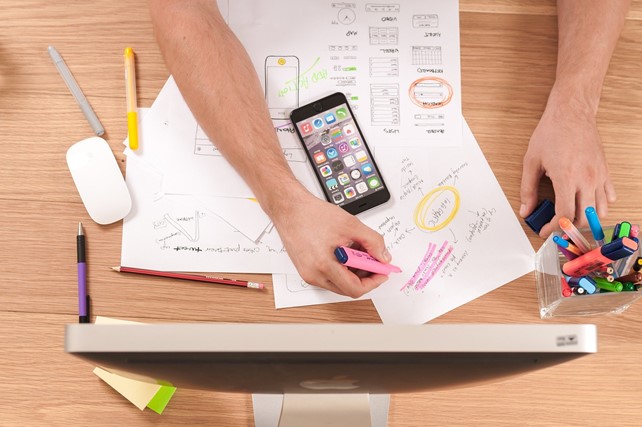For which purposes it is used
According to a study from the University of Texas at Austin (Gavillet 2019), learning that is considered “experiential” contains these elements: reflection, critical analysis, and synthesis. Provides opportunities for students to take initiative, make decisions, and be accountable for results. Provides opportunities for students to participate intellectually, creatively, emotionally, socially, or physically.
- Increases student motivation to learn. When students engage in relevant learning experiences, the product is more important than a grade, they have greater motivation to learn, and produce a more thoughtful product.
- Produces autonomous students. To solve problems and complete tasks in unfamiliar situations in a real world context, students must discover for themselves what they know, what they do not know, and how to learn it.
- Reflection deepens learning and helps students transfer their prior learning to new contexts, learn new concepts, principles, and skills, and understand how they acquired this learning.
- Students gain more confidence, build skills, and successfully participate in group work as they develop tenacity, curiosity, and responsibility.
- Prepares students for real-world competencies such as civic engagement, teamwork, and leadership. Skills are instilled as you use them and honed through practice.


